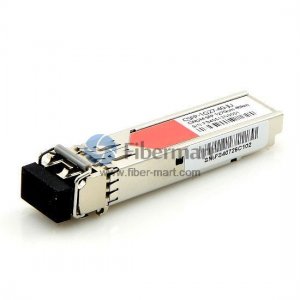SFP stands for small form-factor pluggable and transceiver refers to a device that can both transmit and receive data. This article SFP Transceivers Explained is used to describe all about finisar SFP transceivers in detail that helps networking professionals understand SFP optics and its types.
The SFP transceiver is a compact, hot-swappable device that gets easily plugged into a physical port of a network device. In communication networks, SFP optics are used and it consists of a transmitting side (Tx) and a receiving side (Rx). The transceiver consists of a laser that communicates to the receiving side of the other optic.

The designing of SFP optics is done to support several communication standards including SONET, Gigabit Ethernet, and Fiber Channel. On networking devices such as routers, there is the interfacing of SFP and it provides a modular interface that can be readily adjusted to fiber optic and copper networking specifications.
The SFP is also referred to as mini GBIC. GBIC is the Gigabit Interface Converter (another transceiver model) and due to the smaller size of SFP than GBIC, it is called mini GBIC. SFP came into existence much later than GBIC and it serves the same purpose as the GBIC module but because of its smaller size, in most applications today SFP has replaced the GBIC.
Unlike GBIC which generally comes with the SC (Standard connector), SFP usually comes with the LC connector (Lucent connector). LC and SC connectors are fiber-optic cable connectors that are differentiated based on their sizes.
Things You Need to Check with SMF and MMF SFPs:
- Using a dust plug Safeguard the Optical bore and make sure you are not using the SFP.
- While selecting the juniper SFP module you need to confirm the transmission distance and wavelength. Short-range SFPs need to be used with multi-mode fiber and long-range SFPs need to be used with Single-mode fiber.
- You should not bend the fiber optic or else there will be an increase in attenuation.
- You have to ensure that both ends of the fiber patch cord have the same wavelength SFPs and that the color modules are consistent.
- Last but not the least, for transceiver modules check and verify the correct cost as prices keep adding up over time.
- In today’s world, with finisar SFP optics you can achieve 10G speeds.

Original source: https://fibermart.blogspot.com/






